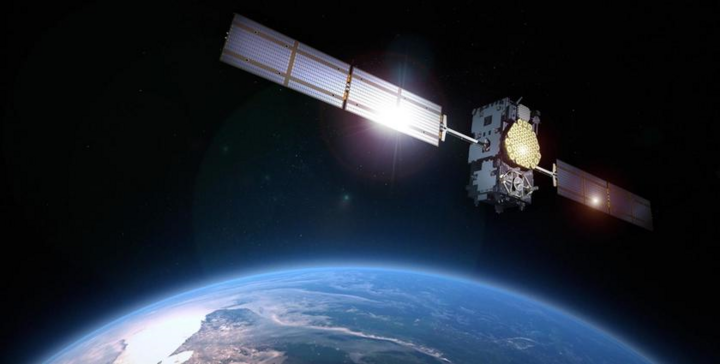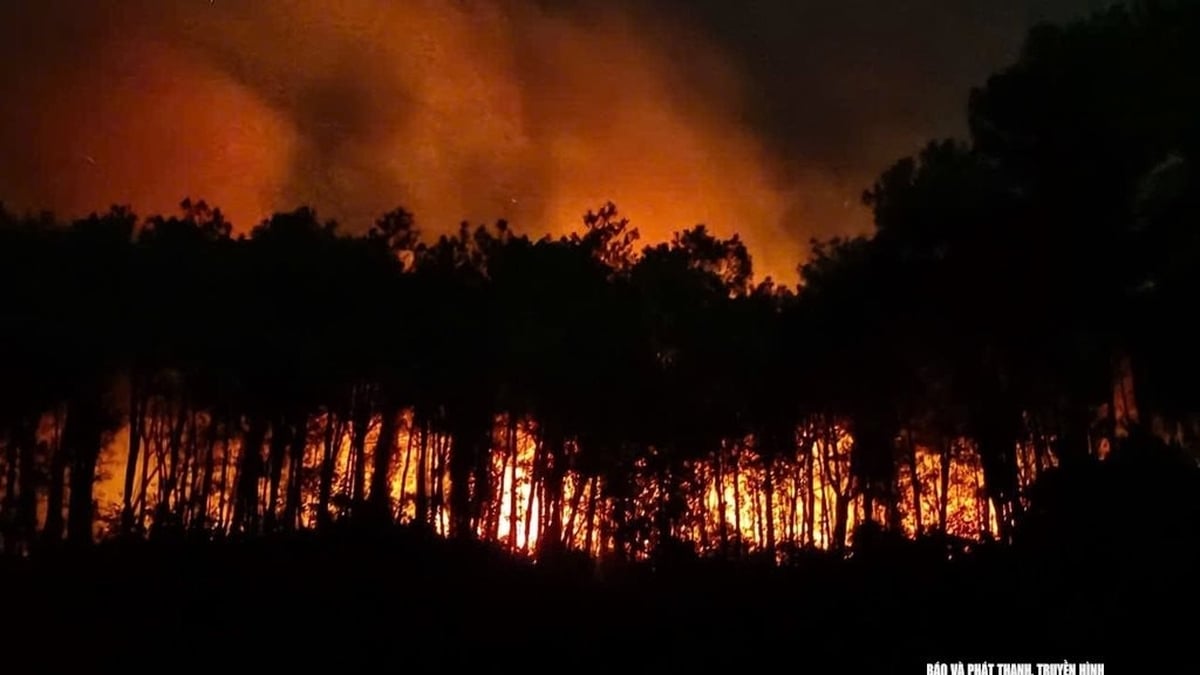According to the US Space Force, the Intelsat 33e communications satellite, built by Boeing for the US company Intelsat, mysteriously broke up in Earth orbit on October 21. The satellite provides broadband services across Europe, Africa and the Asia- Pacific region.

The Intelsat 33e satellite built by Boeing exploded in orbit after. (Photo: Gagadget)
Intelsat said its 33e satellite weighs 6,600 kg, is about the size of a shipping container and was launched in 2016. The satellite suffered an “unusual incident” on October 19 and went completely missing at an altitude of about 36,000 km above Earth.
According to reports from commercial companies as well as the Russian space agency Roscosmos, observers initially spotted about 20 scattered pieces of debris but the number has now risen to more than 80.
Harvard astronomer Jonathan McDowell, an expert in space activity tracking, said Intelsat 33e's altitude made it harder to track the breakup, but "certainly" posed a risk to other satellites.
“It’s hard to assess the severity of the incident,” McDowell told the SCMP on October 24. He said the incident could have been caused by a collision with space debris or an internal problem, such as a propulsion system explosion.
The Intelsat 33e satellite is located in geostationary orbit, much farther than low Earth orbit, where most spacecraft, including the International Space Station and China's Tiangong space station, are located.
China operates a number of satellites in geostationary orbit, including the Fengyun weather satellites and the Beidou navigation network, as well as the Zhongxing communications satellites for civil and military purposes.
Three Chinese "high-orbit internet satellites" were also launched into geostationary orbit this year, but little information has been released about them.
According to McDowell, the scale of the Intelsat 33e incident could be similar to China's major space accident in August, when the upper stage of a Long March 6A rocket exploded in low Earth orbit during the deployment of the first batch of satellites for the Tianfan broadband constellation.
The US Space Command and commercial surveillance companies estimate that there were more than 700 pieces of space debris from the explosion.
“Both incidents are the worst we’ve seen in space. There will certainly be some risk to other satellites,” said Mr McDowell.
However, the Kessler effect — one of the biggest threats posed by space junk — is less likely to occur in geostationary orbit because the volume of space is much larger than low Earth orbit, and the velocities between objects are relatively lower.
In 1978, NASA scientist Donald Kessler described how the density of objects in low Earth orbit could increase to the point where collisions of debris would create more debris, leading to a chain reaction that could render some orbits unusable.
Source




































































































Comment (0)